Superintelligence Is Near: Three Breakthroughs Proving AI’s Rapid Takeoff in 2025
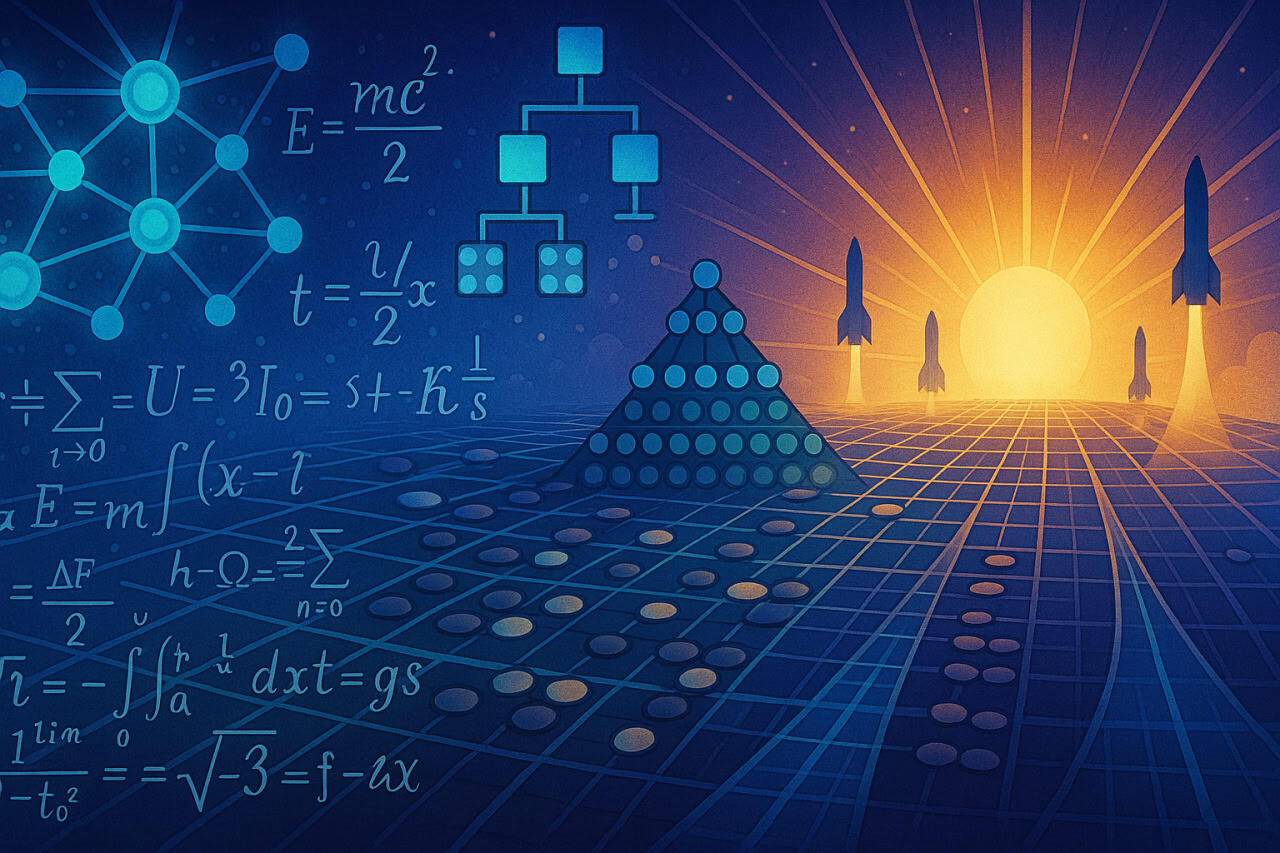
As we hit the midpoint of 2025, the artificial intelligence landscape feels like it’s accelerating at warp speed. Just a few months ago, skeptics were warning about an impending “AI winter” – a slowdown in progress due to data shortages and diminishing returns on traditional scaling. But recent announcements from leading labs like Google DeepMind, OpenAI, and innovative research teams have shattered those doubts. We’re witnessing what some are calling the dawn of a new era in AI primitives – foundational building blocks that could bootstrap machines toward superintelligence faster than anyone anticipated.
In a casual yet prescient YouTube ramble from July 2025, AI enthusiast Wes Roth captured this momentum perfectly. He highlighted three game-changing developments: a novel hierarchical reasoning model that’s redefining efficient problem-solving, AI systems clinching gold-medal performances at the International Mathematical Olympiad (IMO), and an “AlphaGo moment” in autonomous model architecture discovery. Taken together, these aren’t isolated wins; they’re signals of a paradigm shift where AI is learning to improve itself through reinforcement and self-play, bypassing old limitations like data walls.
This article dives deep into these breakthroughs, exploring their technical underpinnings, historical context, and far-reaching implications. Drawing from expert analyses, real-world applications, and forward-thinking speculation, we’ll unpack why 2025 might be remembered as the year AI’s “fast takeoff” truly began. Whether you’re a tech aficionado, a business leader eyeing disruptions, or just curious about our future with intelligent machines, these innovations demand attention. Let’s break them down.
The Hierarchical Reasoning Model: A Brain-Inspired Leap in Efficient AI Thinking
One of the most intriguing papers to emerge in mid-2025 is the “Hierarchical Reasoning Model” (HRM), introduced by researchers in a June arXiv preprint. This recurrent architecture represents a fresh take on how AI can handle complex reasoning tasks without the bloated parameter counts of today’s large language models (LLMs). At its core, HRM uses dual recurrent modules to achieve “significant computational depth” while keeping training and inference efficient – a holy grail in AI design.
To understand HRM’s significance, recall the evolution of AI primitives. Back in the 2010s, Long Short-Term Memory (LSTM) networks were the go-to for sequence modeling, powering everything from speech recognition to early chatbots. The joke then was that “a brain is just an LSTM,” highlighting their biological inspiration. Fast-forward to 2017’s “Attention Is All You Need” paper, which birthed transformers – the backbone of GPT models. Transformers scaled massively but hit walls: They require enormous data and compute, leading to inefficiencies in long-context reasoning.
HRM addresses this by mimicking hierarchical brain structures, where lower levels handle basic patterns and higher ones tackle abstractions. The model solves intricate logic puzzles with just 27 million parameters and 1,000 training examples, delivering reasoning speeds up to 100 times faster than traditional LLMs. As Neven Dujmovic, a tech analyst, noted on LinkedIn, “HRM redesigns AI’s core to make reasoning more flexible and human-like.”
Real-world implications? Imagine AI assistants that ponder multi-step problems – like optimizing supply chains or diagnosing rare diseases – without guzzling energy. In a 2025 Reddit thread on r/singularity, users hailed it as a step toward “unprecedented reasoning power,” with one commenter pointing out its potential in robotics, where quick, adaptive thinking is crucial. Experts like those at Sapient Intelligence emphasize its data-efficiency: “HRM boosts reasoning with minimal resources,” per a recent blog post.
This breakthrough ties into broader trends. As compute costs soar – NVIDIA’s data centers alone consumed more electricity than some small countries in 2024 – efficient models like HRM could democratize AI. Background: The paper builds on recurrent neural networks (RNNs), which fell out of favor post-transformers but are resurging for their sequential prowess. In biology, hierarchical processing mirrors the neocortex, as theorized by Jeff Hawkins in “On Intelligence” (2004). A 2025 Hacker News discussion buzzed with excitement: “Results look incredible,” with users speculating on HRM’s scalability.
Critics? Some argue it’s overhyped – recurrent models have historically struggled with vanishing gradients. Yet, HRM’s benchmarks on puzzles suggest it’s overcome this. For businesses, this means faster prototyping; for society, more accessible tools. As Roth intuited, HRM is a “new class of primitives” – not just incremental, but foundational for self-improving AI.
AI Conquers the IMO: Gold Medals Signal Mastery Over Math’s Holy Grail
The International Mathematical Olympiad (IMO) has long been AI’s Everest – a grueling test of creative reasoning where top human prodigies shine. In July 2025, that peak was scaled not once, but twice: Google DeepMind’s advanced Gemini with “Deep Think” and an OpenAI model both achieved gold-medal standards, solving five out of six problems for 35 points each.
This milestone, announced amid the IMO in Bath, UK, marks a seismic shift. Historically, AI struggled with IMO’s open-ended proofs; even AlphaGo’s 2016 triumph over Go was rule-bound. DeepMind’s AlphaProof (2024 silver) paved the way, but 2025’s golds – equaling 72 human medalists – show exponential leaps. As Nature reported, “Models from OpenAI and DeepMind achieved gold… processing problems using natural language.”
Deep Think, an enhanced Gemini, solved geometry and number theory puzzles flawlessly, per DeepMind’s blog. OpenAI’s system generated human-readable proofs, a first for AI at this level. Gary Marcus, in his Substack, contextualized: “Of 72 golds, 45 scored exactly 35 – same as the programs.”
Why math matters: As Roth emphasized, “Math underpins everything – physics, chemistry, coding.” Mastering it via self-play (generating problems, verifying proofs) bypasses data walls. This echoes AlphaZero’s 2017 chess mastery through reinforcement learning. A Reuters piece called it a “milestone gold,” noting OpenAI’s parallel claim.
Implications? Scientific acceleration: AI could crack fusion or climate models in months, not decades. Ethically, concerns arise – job losses for mathematicians? Broader, as Axios noted, “AI reasoning hits gold level,” hinting at general intelligence. In a YouTube breakdown, Roth linked it to superintelligence: “Math is the universe’s language.”
Skeptics like Marcus warn of overhype: Programs faltered on one problem, showing limits. Yet, with IMO as benchmark since 1959, this rivals Sputnik for tech milestones.
The AlphaGo Moment: ASI-Arch Ushers in Autonomous AI Design
Perhaps the most revolutionary is ASI-Arch, dubbed the “AlphaGo moment for model architecture discovery” in a July 2025 arXiv paper. From Shanghai Jiao Tong University, this system autonomously hypothesizes, implements, trains, and validates neural architectures – a meta-AI for AI research.
AlphaGo’s 2016 Go victory shocked the world by mastering intuition. ASI-Arch does similarly for design: Over 20,000 GPU hours and 1,773 experiments, it discovered 106 state-of-the-art (SOTA) architectures. As Medium’s Jen Ray put it, “Machines are finally learning to invent.”
Background: Neural architecture search (NAS) dates to the 2010s, but was compute-heavy. ASI-Arch shifts to “Artificial Superintelligence for AI research (ASI4AI),” per the paper. It uses reinforcement to explore vast design spaces, yielding efficient models.
Roth’s “AlphaGo moment” analogy fits: Just as AlphaGo bootstrapped via self-play, ASI-Arch self-improves. A LinkedIn post by Ross Dawson called it “autonomous Recursive Self-Improvement.” In r/LocalLLaMA, users linked it to HRM: “New architecture 100x faster.”
Implications: Endless innovation – AI designing better AI, accelerating toward ASI. Rohan Paul’s blog: “Breakthrough… path to AGI.” Risks: Uncontrolled self-improvement, as The Neuron warned: “Double-edged sword.”
This “meta-AI” could revolutionize industries, from drug discovery to climate modeling.
Beyond the Breakthroughs: Scaling Laws, Data Walls, and the Path to ASI
These innovations converge on a key insight: Traditional LLM scaling (more data, parameters) is yielding to new laws. Inference-time compute, hierarchical designs, and autonomous search overcome “data walls.” Roth: “There is no wall.”
Historical parallels: From LSTMs to transformers, each primitive unlocked leaps. 2025’s primitives – HRM’s efficiency, IMO mastery, ASI-Arch’s autonomy – bootstrap superintelligence.
Math’s role: As physicists like Max Tegmark argue in “Life 3.0” (2017), math is reality’s code. AI’s IMO golds echo AlphaFold’s 2020 protein revolution – 500 million years of research in months.
Economic shifts: Goldman Sachs’ 2025 report predicts AI adding $7 trillion to GDP, but job disruptions loom. Ethically, Ilya Sutskever (ex-OpenAI) warns of alignment challenges.
Expert views: François Chollet (Keras creator) doubts pure scaling; these breakthroughs blend scaling with innovation. In a 2025 Sync newsletter, analysts noted: “Solved five problems perfectly.”
Societal prep: Governments lag; EU’s AI Act (2024) focuses safety, but ASI demands global coordination.
Challenges and Criticisms: Is the Hype Warranted?
Not all rosy: HRM’s recurrence might falter on scale; IMO AIs needed human prompts for some; ASI-Arch’s discoveries require validation.
Marcus: “Faltering on one problem shows limits.” Energy demands: AI’s 2025 consumption rivals nations.
Yet, momentum builds. Roth: “Where money goes, results follow.” NVIDIA’s trillion-dollar valuation fuels this gold rush.
Conclusion: Embracing the Fast Takeoff
In July 2025, Roth’s ramble rings true: Superintelligence is very near. HRM, IMO golds, and ASI-Arch aren’t just wins – they’re primitives for self-evolving AI. As we cross AGI thresholds into ASI – solving unsolvable problems – humanity must steer wisely.
Excitement abounds, but caution too. These tools could unlock utopias or risks. Stay informed; the takeoff is underway. What do you think – ready for superintelligent companions? Share below.
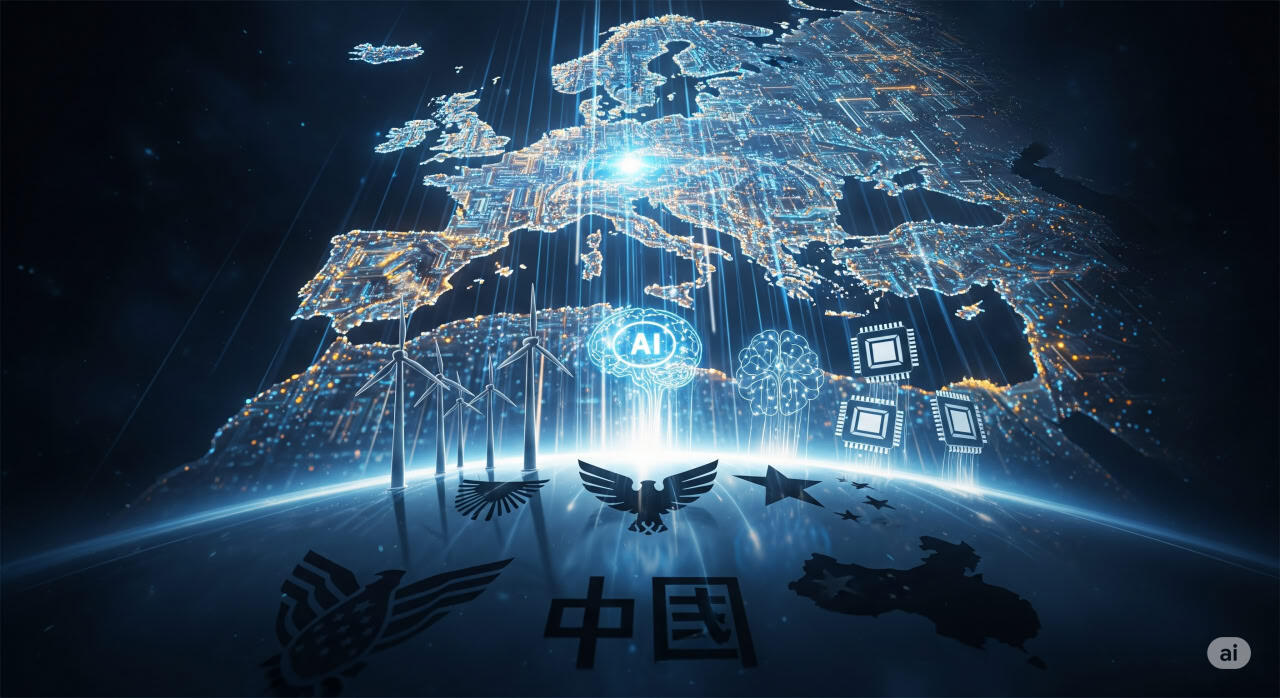
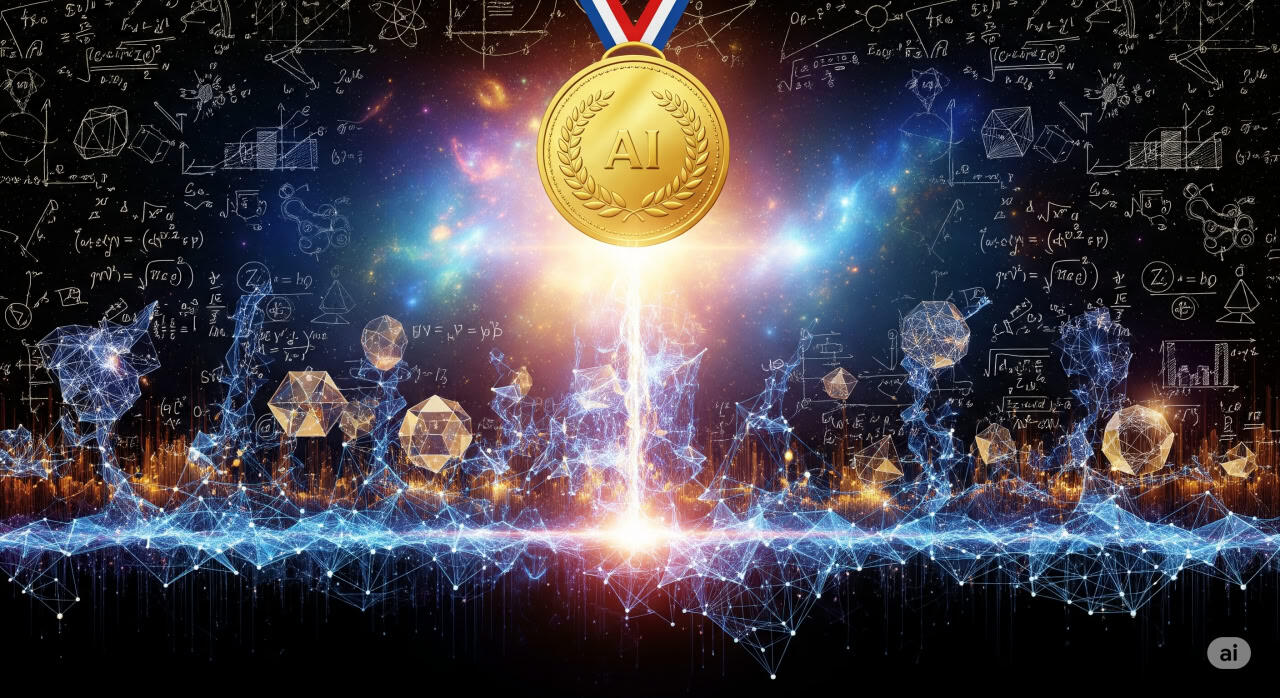
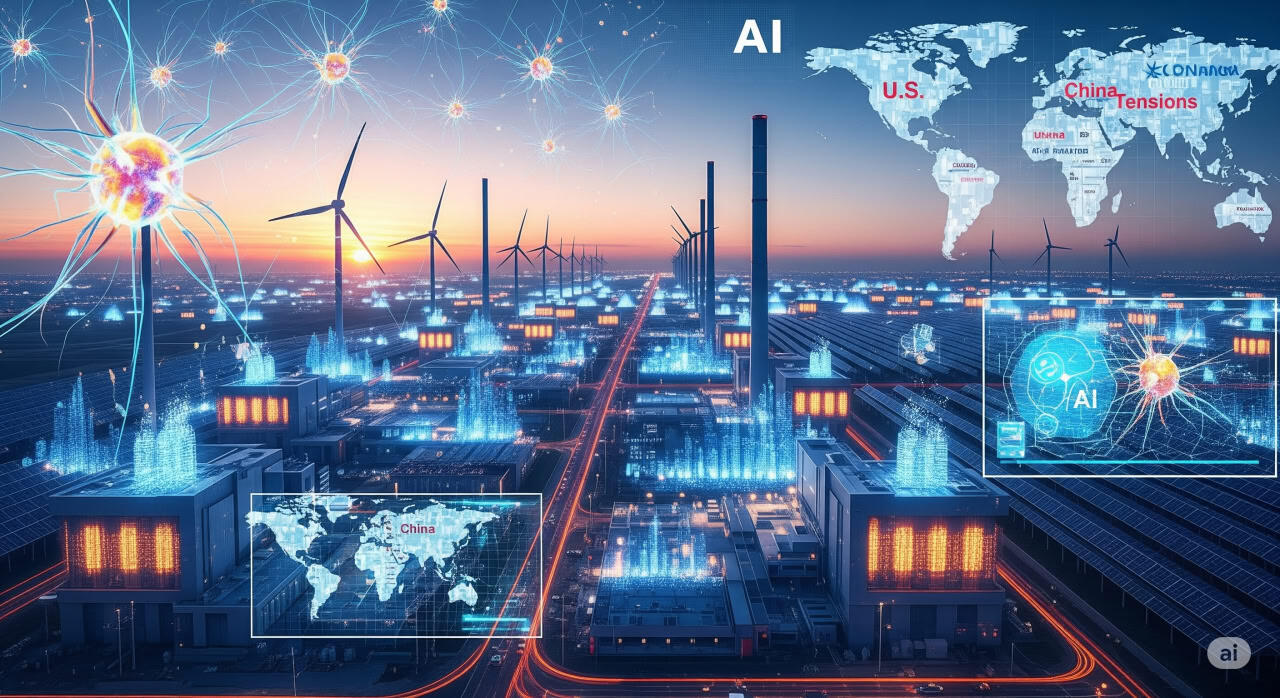
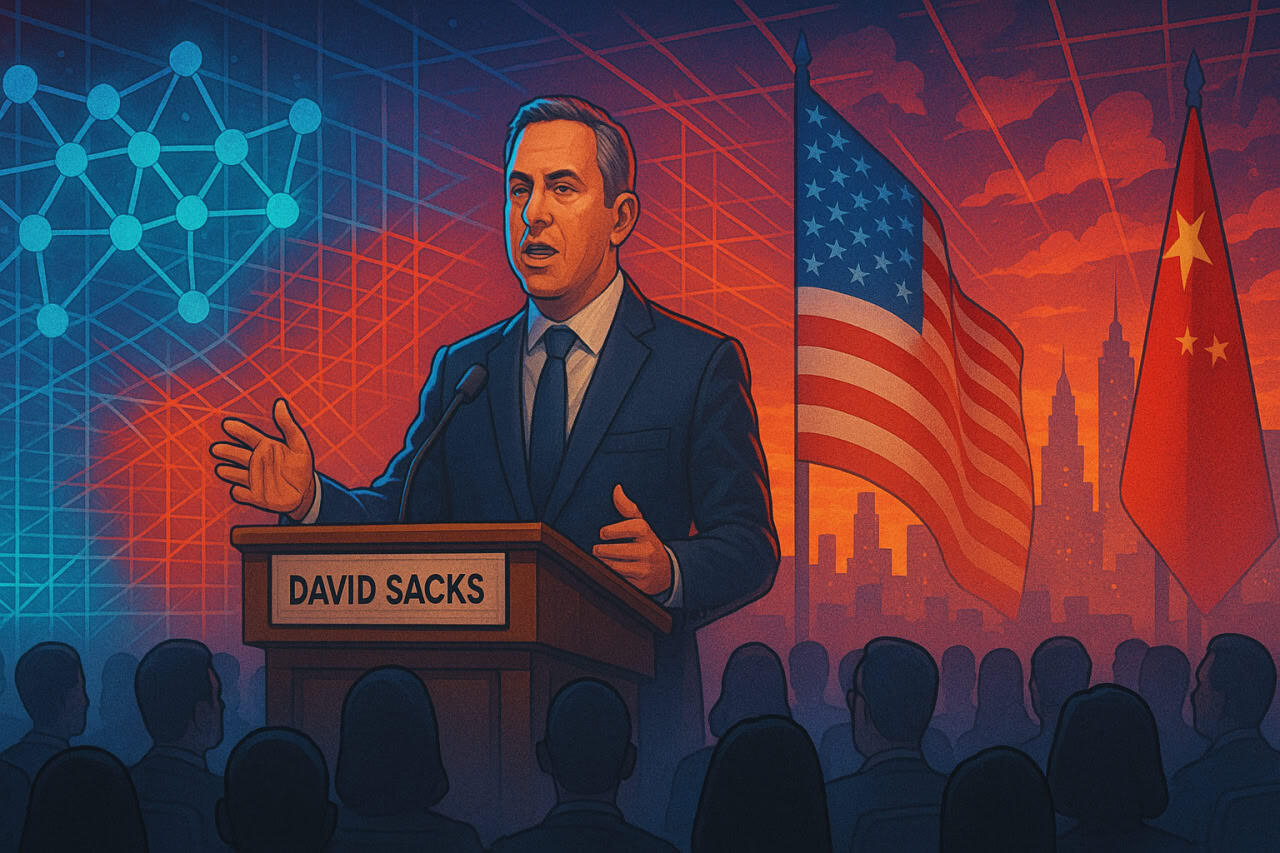
It’s fascinating how AI is evolving so quickly, especially with self-improvement becoming a central feature. The idea of autonomous AI that can learn from its own experiences, without relying on vast amounts of external data, feels like a turning point.